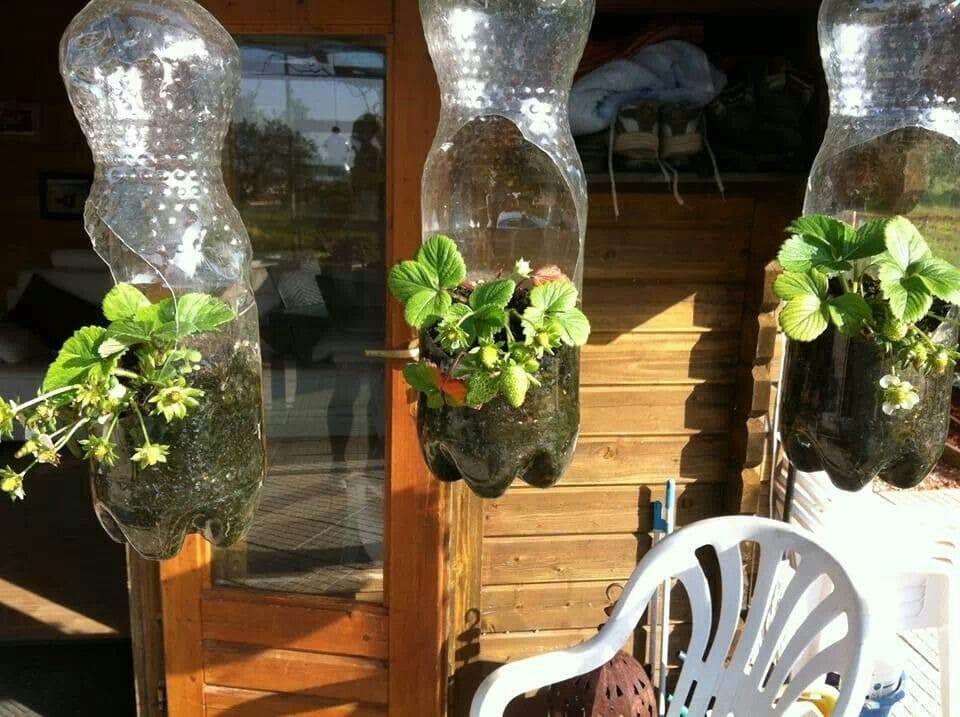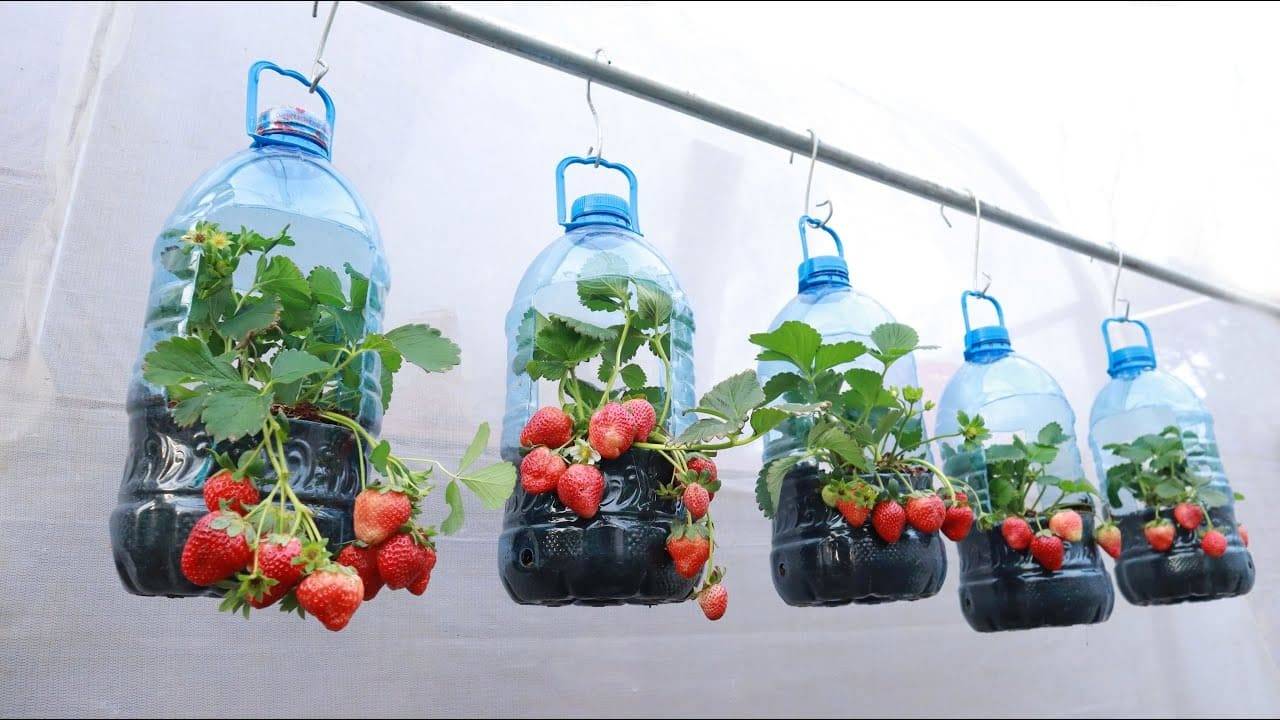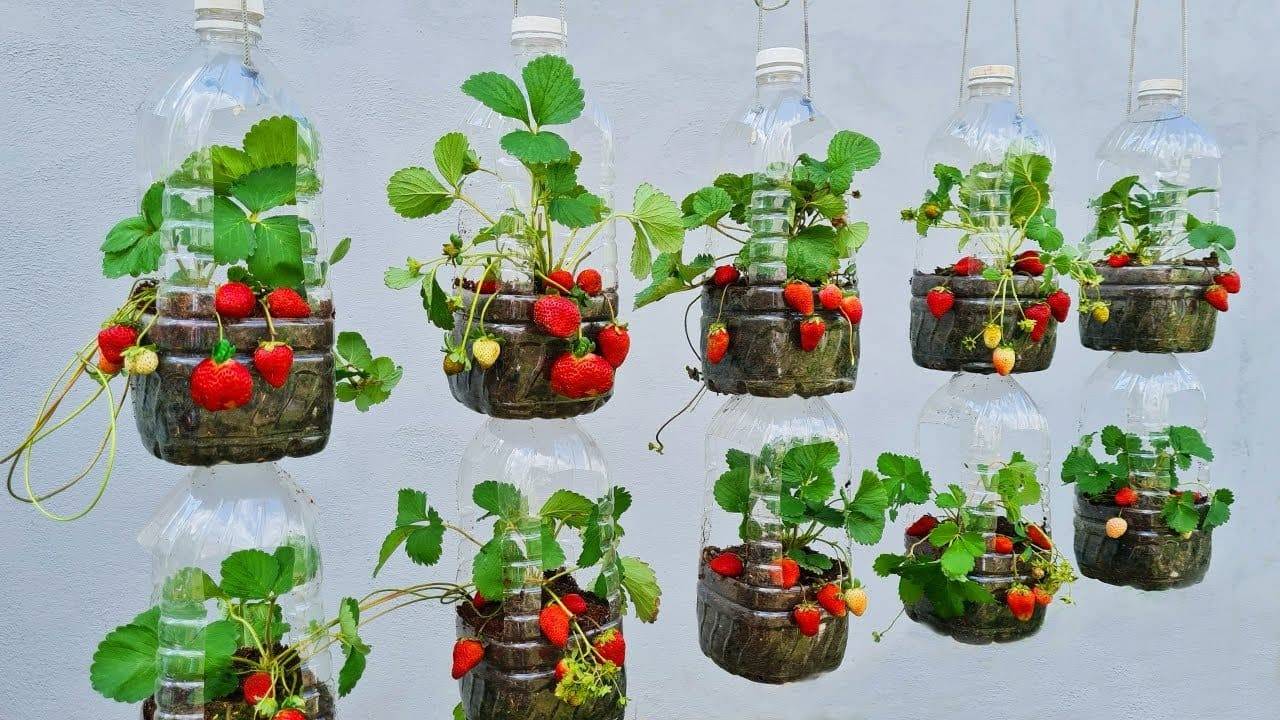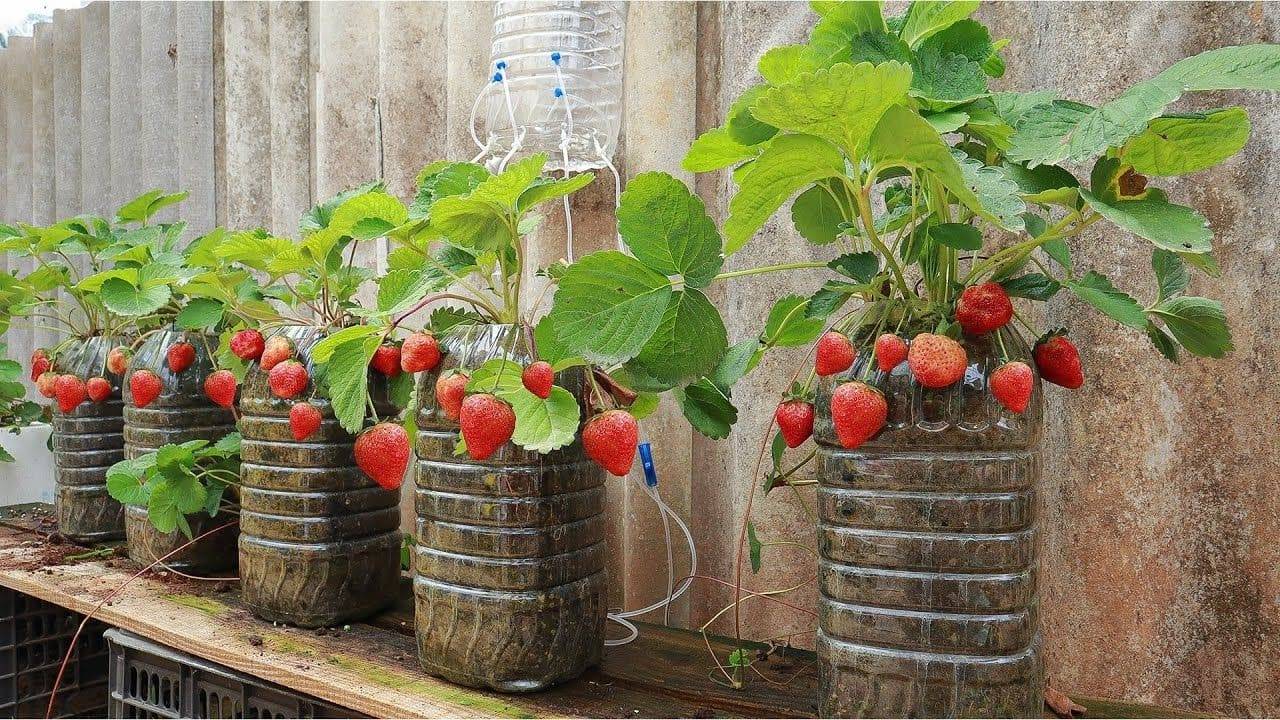
Growing strawberry in containers is a delightful endeavor, bringing the joy of cultivating your own juicy, red gems right into your hands. Not only does it add a touch of greenery to your living space, but it also allows you to relish the unmatched sweetness of freshly picked strawberries. In this guide, we will walk you through all the steps to achieve bountiful strawberry production using this space-efficient method.
START YOUR CONTAINER GARDENING
Step 1: Choosing Strawberry Varieties
Selecting the right strawberry varieties sets the foundation for a successful harvest. Consider the space you have and whether you want June-bearing, everbearing, or day-neutral varieties. For container gardening, compact or trailing varieties like Alpine or Ozark Beauty work exceptionally well. These varieties adapt gracefully to the confined space of plastic bottles while still delivering that burst of strawberry flavor.
Step 2: Preparing Soil And Containers
Creating a conducive environment for your strawberries begins with the soil and containers. Opt for a well-draining, nutrient-rich potting mix that promotes healthy root development. 5-liter plastic bottles, with their versatility and availability, make excellent containers.
Cut them horizontally, leaving the bottom intact as a reservoir for water. Drill holes in the cap end for drainage. This upcycling not only reduces waste but also provides an ideal environment for strawberries to flourish.
Step 3: Planting Strawberries
Planting strawberries in plastic bottles requires a strategic approach. You should ensure the soil is moist but not waterlogged before planting. Set the strawberry plants carefully, making sure the crown sits just above the soil surface. If planting multiple strawberries in one bottle, maintain a spacing of about 8–12 inches between plants. Once planted, water thoroughly, allowing the roots to establish themselves in their new home.
Step 4: Give Strawberries Your Care
1. Water
Strawberry plants need consistent soil moisture to produce maximum fruit. You should water them regularly, especially during dry periods or when the plants are flowering and fruiting. The soil should be lightly moist but never soggy. About an inch of water per week should be sufficient.
2. Fertilizer
Strawberry plants are heavy feeders, so you should prepare the soil in advance by mixing in aged manure and/or compost. The soil should also be well-draining and slightly acidic, with a pH of 6 to 6.5. You can also apply a balanced fertilizer, such as 10-10-10, every three to four weeks during the growing season.
3. Pruning
Strawberry plants need pruning to remove any unwanted or diseased parts of the plants, such as leaves, stems, flowers, or runners.
Step 5: Harvest
Once your strawberries are a deep red hue, pluck them gently, ensuring you leave the green cap intact. Harvest in the morning when the berries are cool for the best flavor. Do not pull the berry by the cap or the calyx, as this can damage the fruit and the plant.
Since strawberries are best enjoyed fresh, try to consume them shortly after harvesting. If you find yourself with an abundance, freezing or making preserves is a delightful way to savor its sweetness over an extended period.
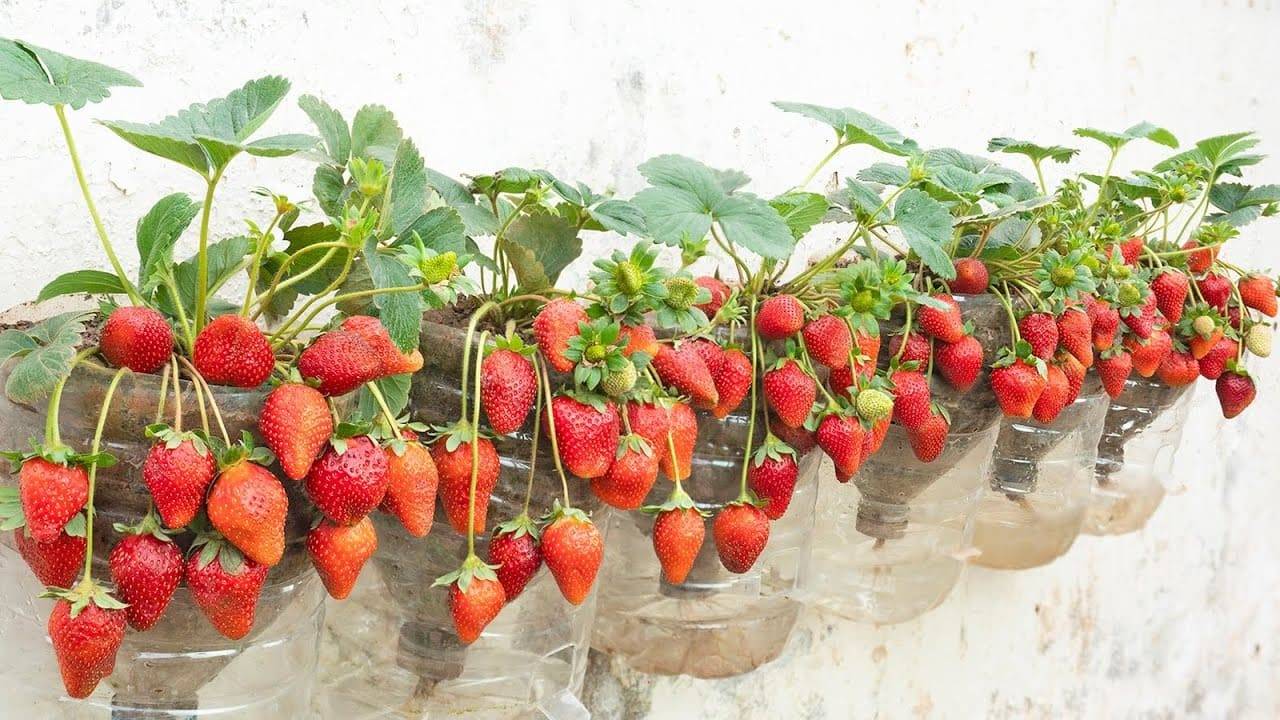
EEP IN MIND
- Sunlight: Adequate sunlight is vital, so place your bottles in a location that receives at least 6 hours of sunlight. Occasionally, you can rotate the bottles to ensure all sides of the plants receive equal sunlight exposure.
- Pest and disease: Strawberry plants are susceptible to several pests and diseases, such as aphids, spider mites, slugs, snails, birds, rodents, powdery mildew, blight, and fruit rot. To prevent or control these problems, you can rotate crops every few years or use organic pesticides.
- Check the containers: You should regularly check the condition of your plastic bottles, replacing any that show signs of wear or damage.
